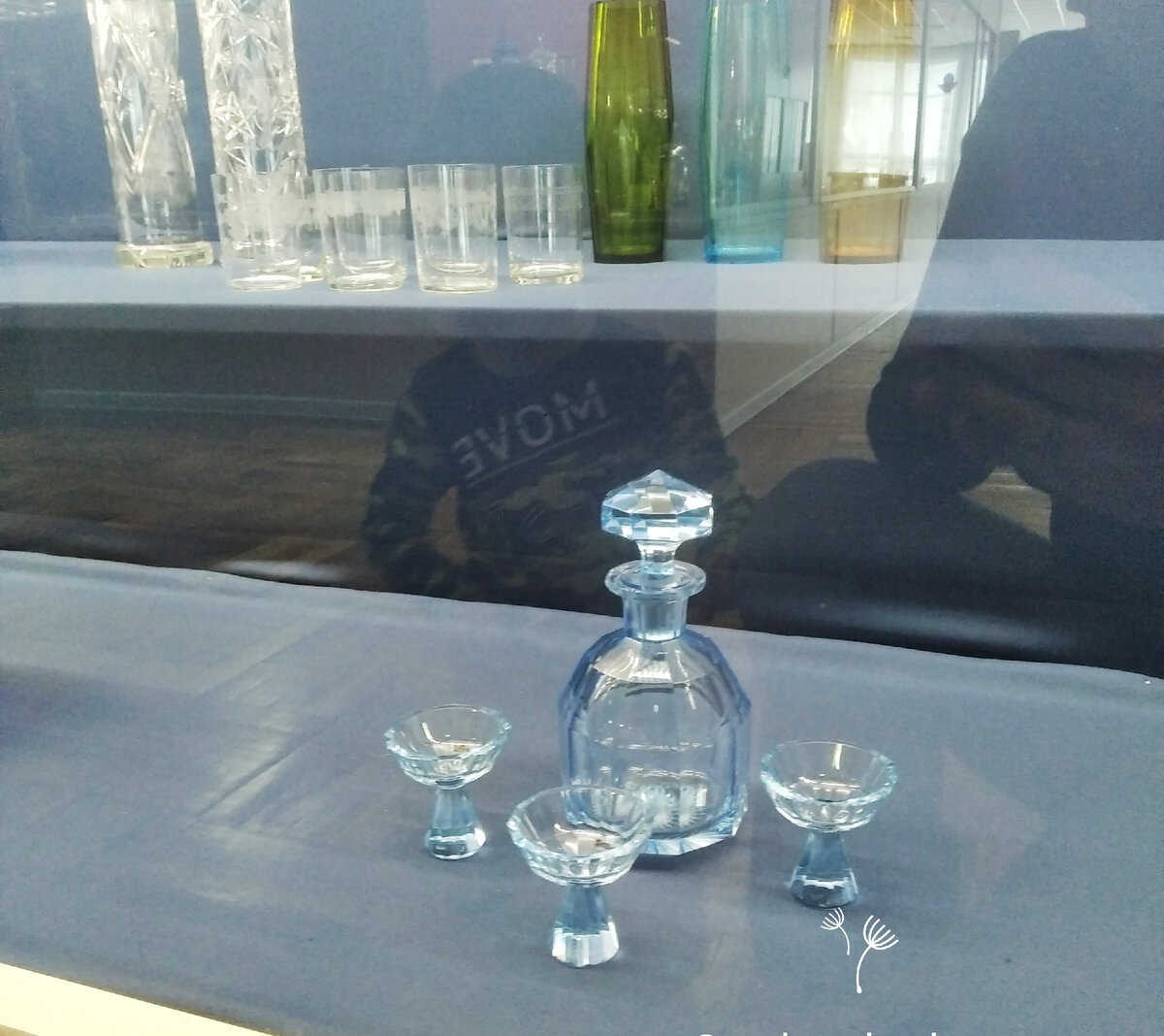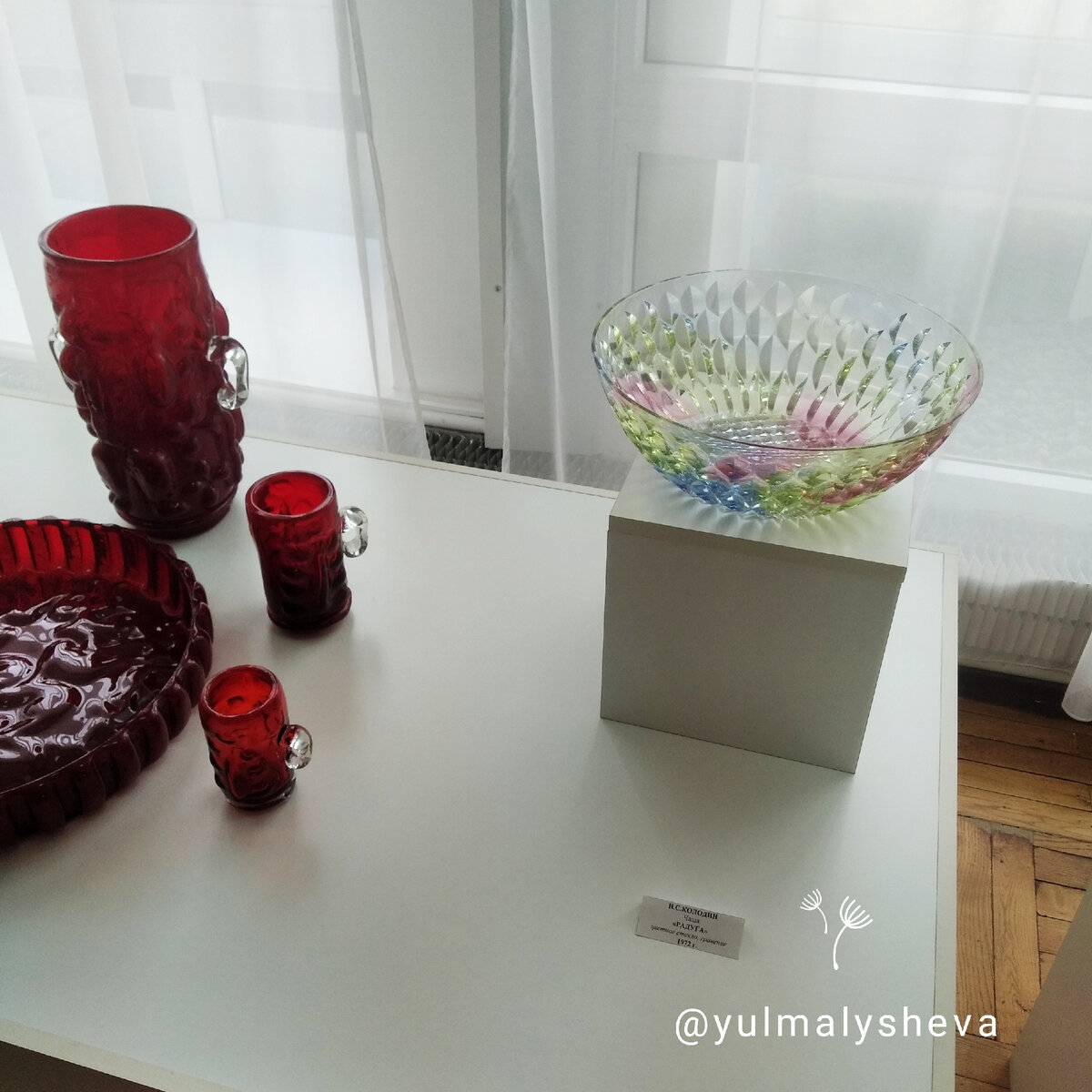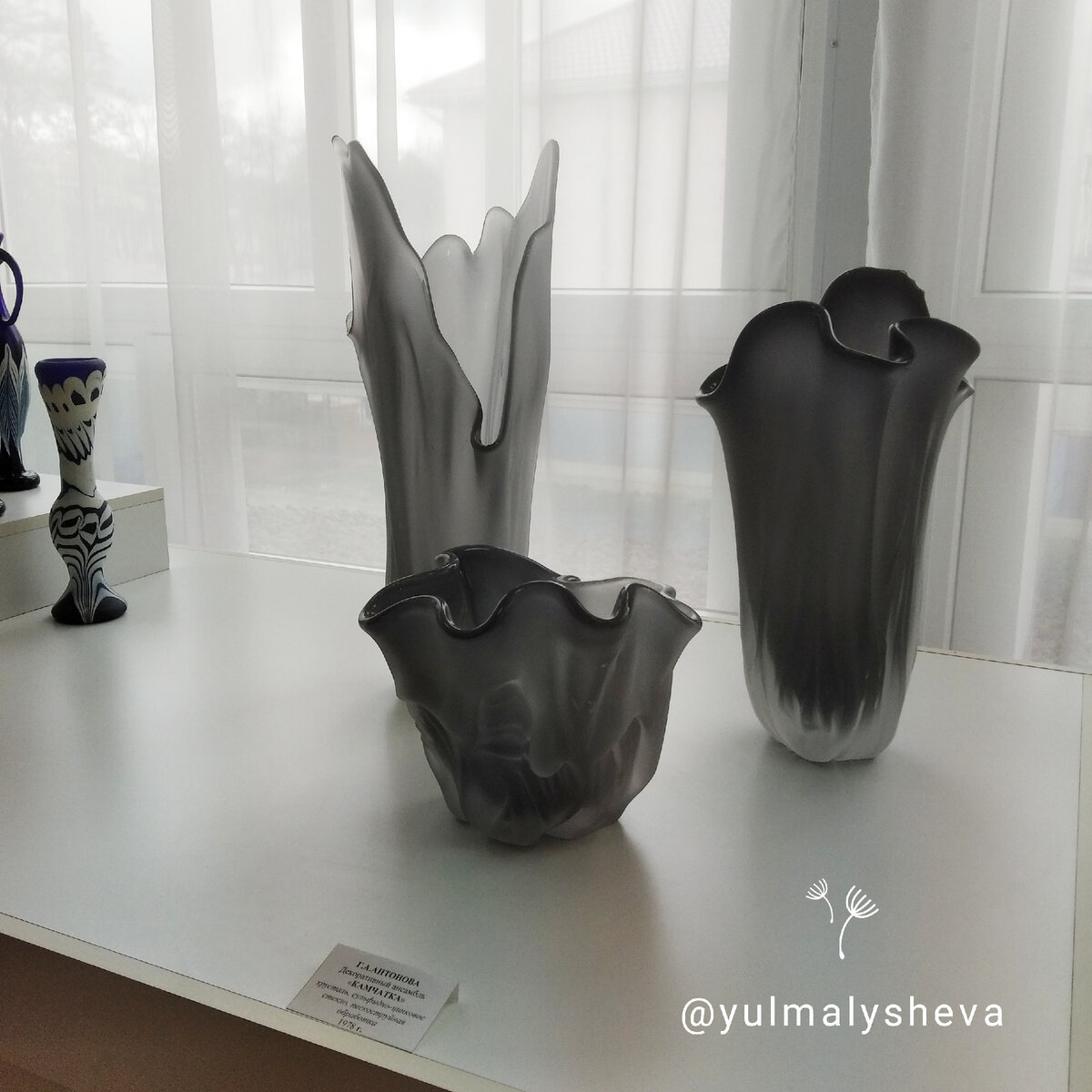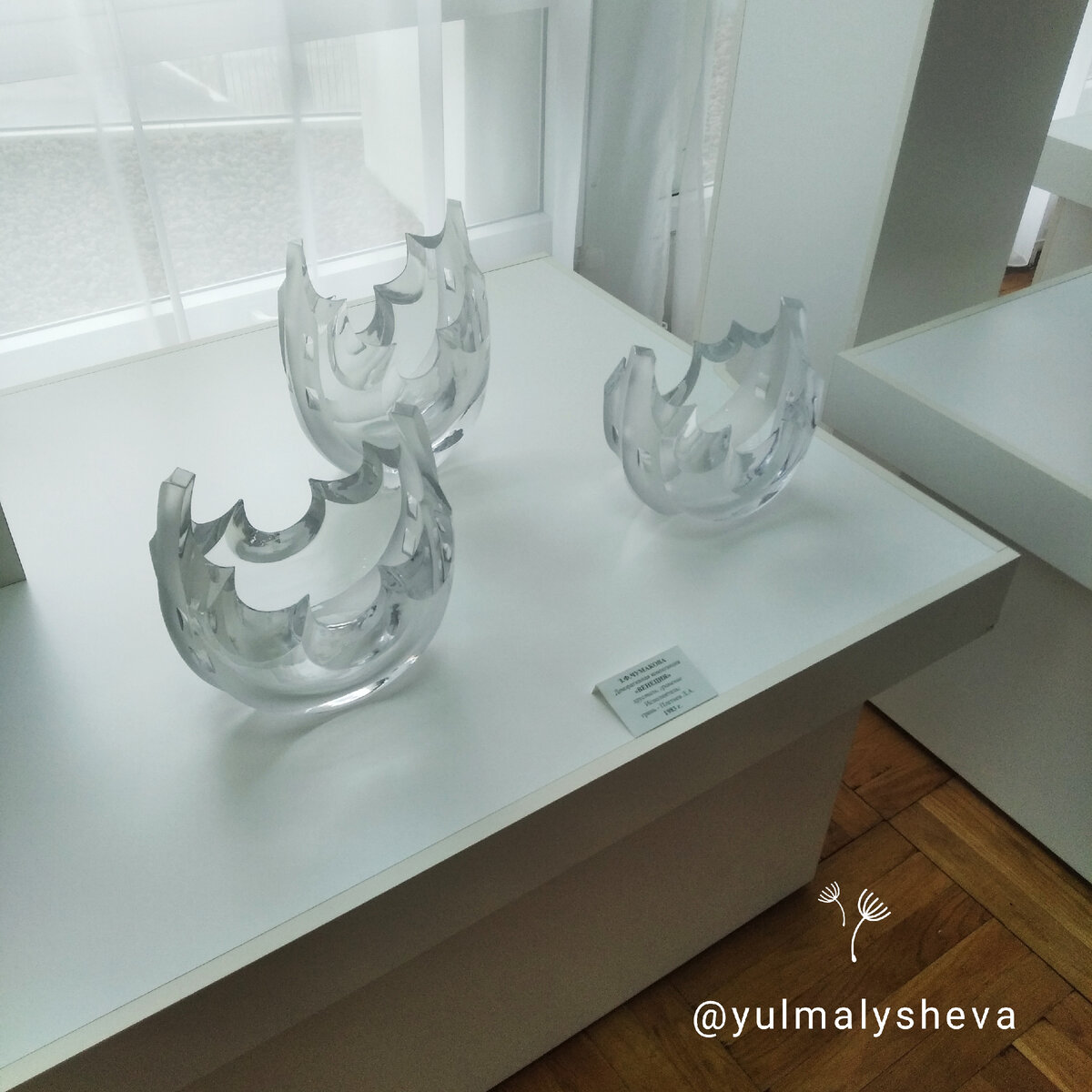Господдержка предприятий-производителей строительных материалов

After the revolution, the Dyatkovo Crystal Factory was nationalized along with all the enterprises. However, he did not stop working and continued to manufacture the simplest products according to the old, tsarist forms. With the addition of Soviet symbols, for example, a five-pointed star.

(This is what the products of the Dyatkovo Crystal Factory looked like after the revolution)
In the 30s, the USSR resumed trade with the eastern countries, and this event did not pass by the crystal - colored vases for fruit, wine glasses and jugs for export began to be made in Dyatkovo.

(Such products were sent to the Middle East in the 30s.)
Until the war began. The plant was evacuated, the Bryansk region was under occupation. In 1943, the Germans, retreating from the Bryansk region, blew up the enterprise, so that it had to be rebuilt virtually from scratch.
Production at the crystal factory resumed in 1945. All products in that period were made exclusively with the help of the press - masters, especially men, were practically gone at the enterprise.

(The first products at the restored plant in Dyatkovo after the war were made by women)
In the 50s, the plant begins to operate at full capacity, restoring forgotten techniques and technologies. For example, in Dyatkovo, the production of Halle-style vases from double-layer etched glass is resumed, comparable in complexity and uniqueness to Faberge products. And these vases are becoming available to the mass buyer.

Halle style vases, E. Shuvalov, 1953 (Photo from the site of the Crystal Museum)
At the same time, the laboratory resumes its work at the plant and experiments are underway with various methods of staining - they make rosaline glass, add potassium permanganate and even silver.

(A. Lipskaya, uranium glass, 1957)
In the 60s, young artists - fans of minimalism - came to Dyatkovo. They refuse to embellish, minimize the diamond facet for which the factory has always been famous, try to make smooth products, use decal instead of hand-painted, which simplifies and reduces the cost of making tableware.

(60s - the period of minimalism in the products of the Dyatkovo Crystal Factory)
One of such striking examples is the "Roosters" set by artist Svetlana Ryazanova.

(Set "Roosters" - an example of minimalism of the 60s)
At the same time, the plant begins to use a recent invention of the Leningrad Art Glass Plant - sulphide-zinc glass, which is called the "Russian miracle" abroad.

(In the USSR, sulphide glass was called chameleon glass, abroad - "Russian miracle")
The uniqueness of sulfide glass is that it can have any color - yellow, black, blue, red, etc. Moreover, the color depends solely on the cooking temperature, and even a hot finished vase can change its shade. This allows you to add any shades to the product - complex contrasting transitions, stripes of a different color - just play with temperature.

(V. Shevchenko, dessert service (1969) made of sulphide glass)

In the 2000s, the plant actually ceased to exist. However, now they are trying to revive it again and produce products under the Maltsov brand. In particular, the company makes exclusive products to order. At the same time, two objects are always cast in a specially made mold - one for the customer, the other for the museum of the plant.
However, it produces a working workshop and mass crystal available to everyone. Or collectible - such as a goat-muzzle goat, now called "Princely" - a complete copy of a similar cup, produced in the 19th century.

(A goat with a goat face and a secret from the Dyatkovo crystal factory costs 12 thousand rubles)
According to legend, General Maltsov came up with a cup as a reward for his eminent guests who came to hunt in the Bryansk forests. The head of the round, depicted on the glass, symbolizing knightly valor, is able to "change the mood" - on the back of the cup, the stern goat becomes smiling as the drink in the glass decreases. According to legend, Prince Yusupov and Count A. Tolstoy received such cups.
The works of the masters of the Dyatkovo Crystal Factory:










